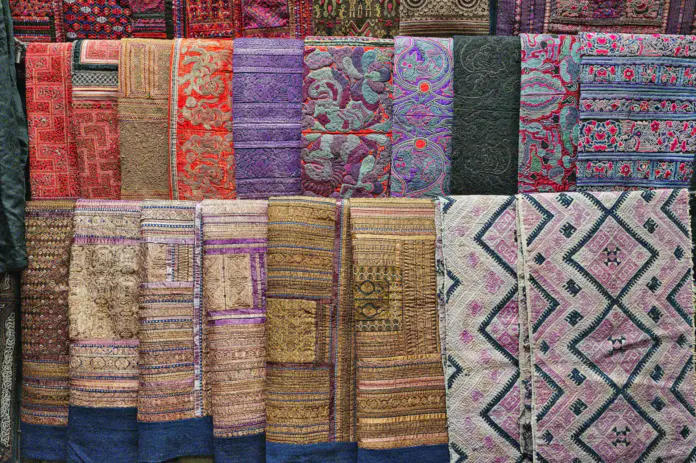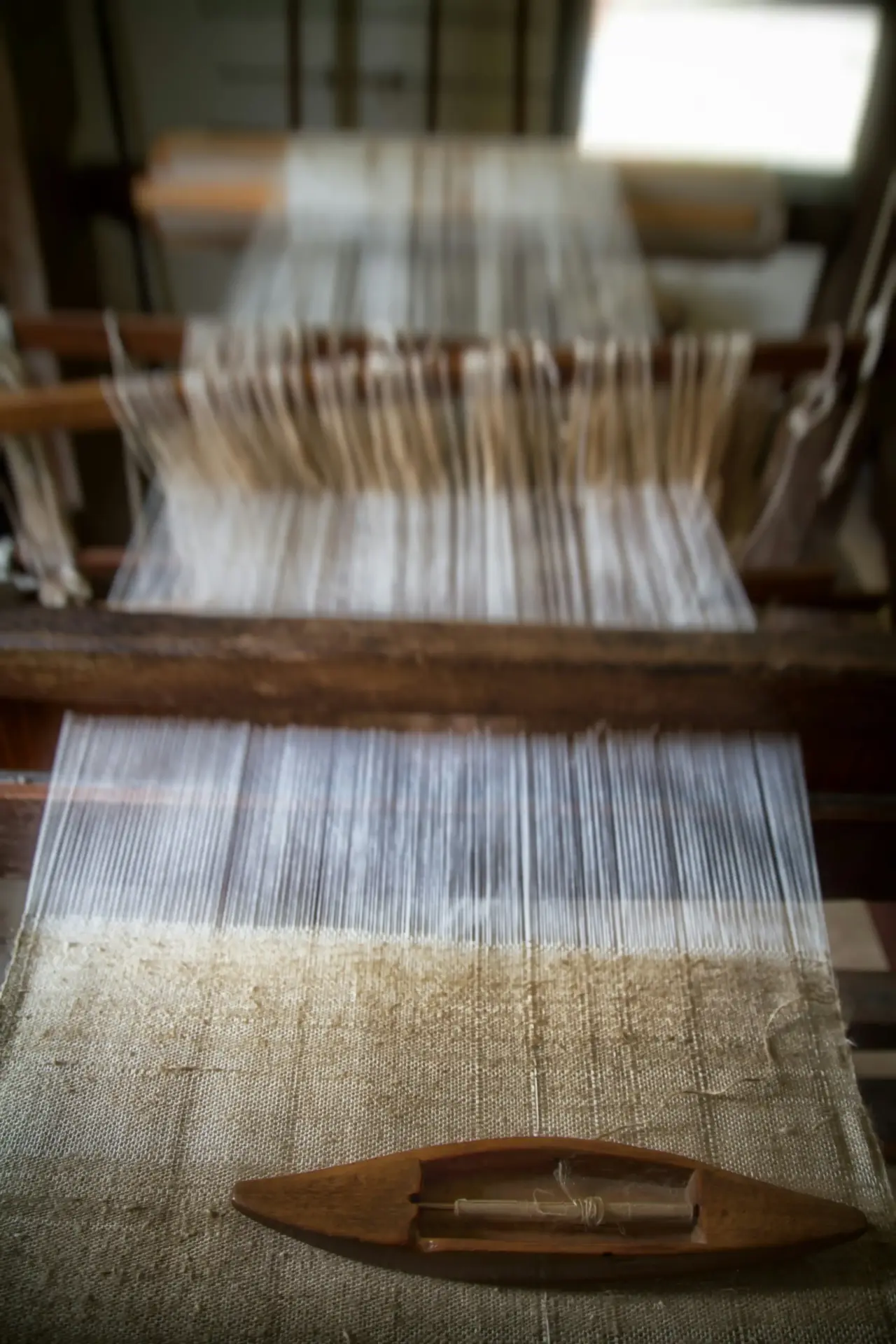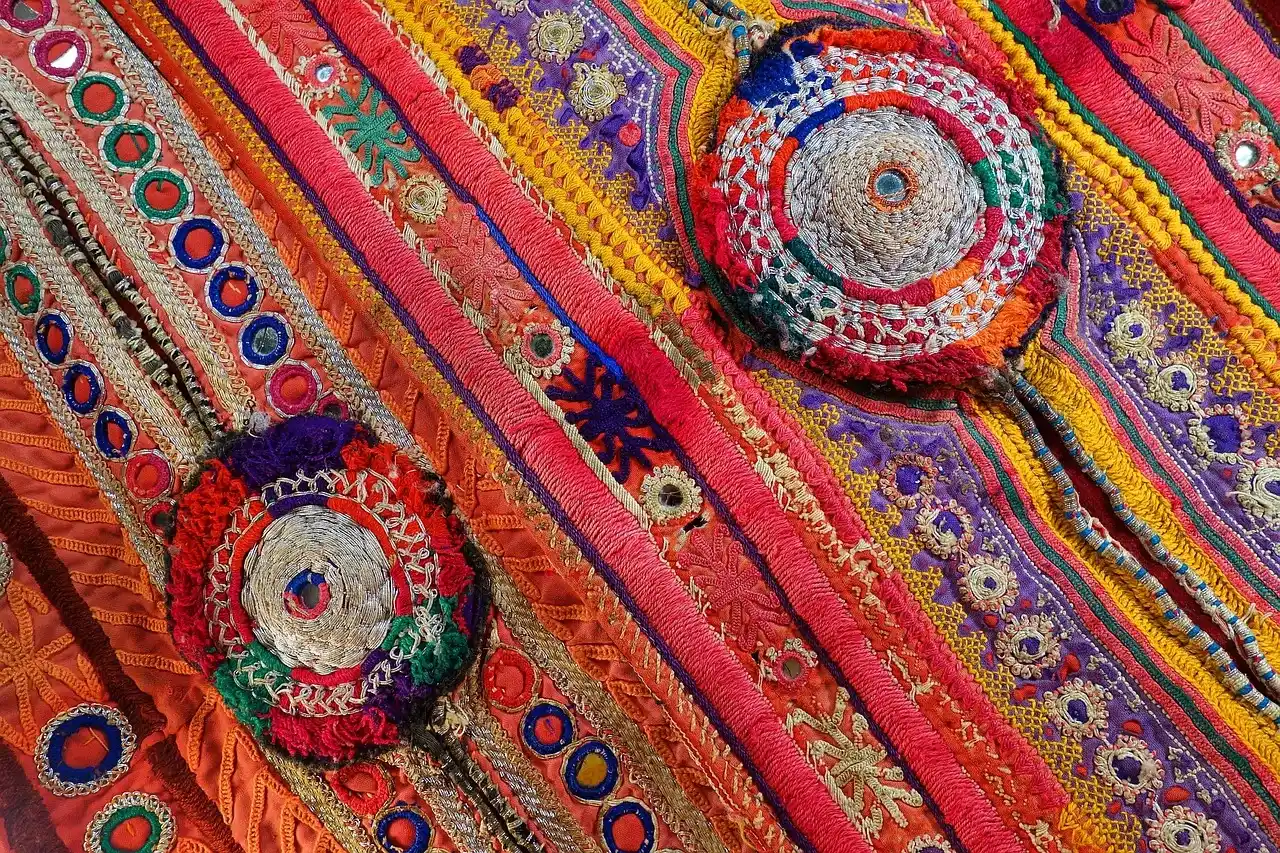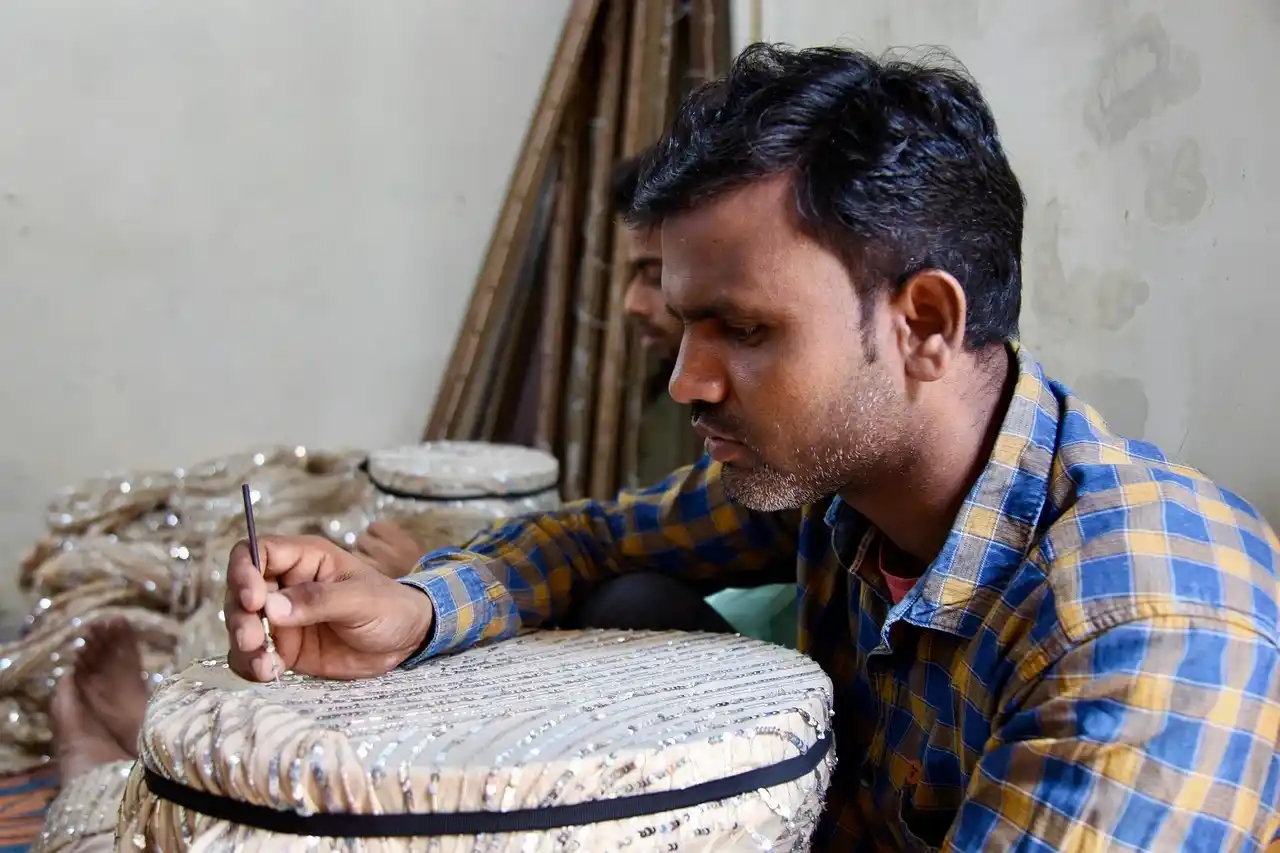120 years ago, in 1905, a political movement was born in Kolkata (formerly Calcutta) to support indigenous textile and handloom traditions.
7 August 2015 was chosen to revive and revel in our “handloom heritage” and be reminiscent of the centuries-old textile traditions of India.
August in India spells festivities around its Independence Day. 79 years later, she continues to weave a mystery with luxurious drapes that mesmerise the eye and make the muse brim with life!
But most importantly, the handloom industry is a source of sustenance for close to 70% women in rural and urban settings. (*)
La Polo explores the oldest item on the Indian export list – fabric. One that drew foreigners to India’s shores, from where they took bolts of brocade and silk for Queen Victoria and French damask & jacquard gained inspiration from our art and paintings.
(*Source: Socialwelfare.vikaspedia.in/viewcontent/social-welfare/entrepreneurship/important-days/national-handloom-day?lgn=en#section2)
INDIGO – THE BLUES THAT MADE THEM SWARM OUR SHORES!
What drew ships from afar to Indian shores was that enigmatic fabric-cotton, and along with it the deep blue of the indigo plant- which was used to dye fabric. The ubiquitous block printing designs from Rajasthan and Gujarat called “dabu” remain in great demand even today, after centuries! From ajrakh work on khadi & modal silks spun on looms to mirrorwork pieces which reflect the intricate workmanship of weavers and artistes in West India, dipped in deep indigos and vibrant magentas, reds and yellows- these handlooms are breathtaking heirloom pieces!
FROM THE OPULENCE OF KASHMIRI “FIRDAUS” TO THE STARKNESS OF LADAKH
As you walk into the world’s only papier mache mosque- Khanqah-e-Moula mosque in Srinagar (also known as Shah-e-Hamdan mosque) your feet will sink into the opulent silk and wool namdas from sheep and hand-knotting wonders replete with Persian and Kashmiri motifs.
In contrast the cold desert region of Ladakh is known for its coarse sheep’s wool blankets and shawls worn by Buddhist monks who shun worldly comfort, yet locals also source pashtush for delicate pashmina from the changthangi goats domesticated by the Changpa tribes.
It is a misnomer that the pashtush is from sheep, instead changthangi wool from local sheep- is coarse and more economical.
From shawls with aari, kani and sozni embroidery which are woven on handlooms and take months, sometimes years to complete, to delicate crêpe stoles and sarees – experience the exotic luxury of fabrics from India’s “firdaus” (paradise)!
WEAVING “ AHIMSA” -PEACE- INTO HANDLOOM
The famous “peace silk” of Assam & Meghalaya in north east India,called Eri, is actually derived from the humble castor seed on which silkworms feed.
Eri silk is harvested after the silkworms naturally emerge from their cocoons as moths, ensuring the silkworms are not harmed.
A clarion call sounded when Assam silk lost out to cheaper varieties of shiny fabric from regions bordering India. This was when local weavers decided enough was enough and Eri Silk was born.
As beautiful as regular tussar and munga silk fabrics, eri silks are soft and drape like a dream!
THE BEAUTY OF FUNCTIONALITY- QUEEN AHILYA BAI’S MAHESWARI WEAVE
At a time when most women all over the world were bound by patriarchal norms, this eighteenth-century queen from the Holkar State of Central India was spearheading architectural projects, chalking economic policies, and even establishing a mint in Maheswar, the capital of her State.
With work came the requirement for comfort- and Rajmata Saheb decided to consult with her “stylists”- together with them she came up with the ingenious idea of creating the “Maheswari” drape- a delicate balance of comfort and elegance which has stood the test of time for over four centuries!
REGAL KANJEEVARAMS
Imagine draping fabric woven by the gods! The luxuriously weighted kanjeevarams from the South of India are believed to have been created by the descendants of a sage who was the master weaver for the gods! Incidentally, these opulent fabrics are used to drape delicately carved idols of deities in temples after thousands of years!
THE “VINTAGE INFLUENCERS OF YORE”!
MOMS & GRANDMOMS- HANDLOOM AMBASSADORS
As a young, prospective bride coyly lets her delicate hands caress the benarsi brocade and milky crêpes which are a part of her trousseau- her mother instructs her about how to drape and store these delicate fabrics. Some are over five decades old- the mother’s wedding saree and some have been painstakingly chosen from Godowlia and Peeli Kothi in Varanasi- the mecca of silks and brocades.
The clickety-clack of handlooms in Madanpura in the ancient city of Lord Shiva or the exotic, gauzy Maheshwari handlooms from the town by the same name in Madhya Pradesh- conjure images of opulence, grace and timeless beauty.
And so the original “handloom ambassadors” were always our mothers and fathers.
QUEENS WITH GRIT & GRACE
Maharani Gayatri Devi in her quintessential chiffons, and Basra pearls, delicately balancing a glass of champagne and coquettishly looking at her Jai from beneath her long lashes, making his heart skip a beat…
Iron Lady of India Mrs. Indira Gandhi wore a simple khadi (coarse silk) saree woven by her father whilst he was in prison, and she was known to source most of her handlooms from traditional weavers in small villages.
THE INTERNATIONAL APPEAL OF INDIAN HANDLOOMS
From JLO’s famous Versace jungle dress made in Mumbai and inspired by India, to Matthew Williamson’s Jodhpur-inspired designs, to high-end fashion houses such as Marchesa, which showcase the ubiquitous saree- there is a growing number of Western designers who are looking at India for textiles and looms which redefine their fashion aesthetic.
WHERE TO SHOP
If you’re visiting any city in India, keep a watch out for Government-aided Handloom Emporiums for fabrics and weaves unique to this diverse and colourful country!
For more information visit- https://myhandlooms.gov.in/






